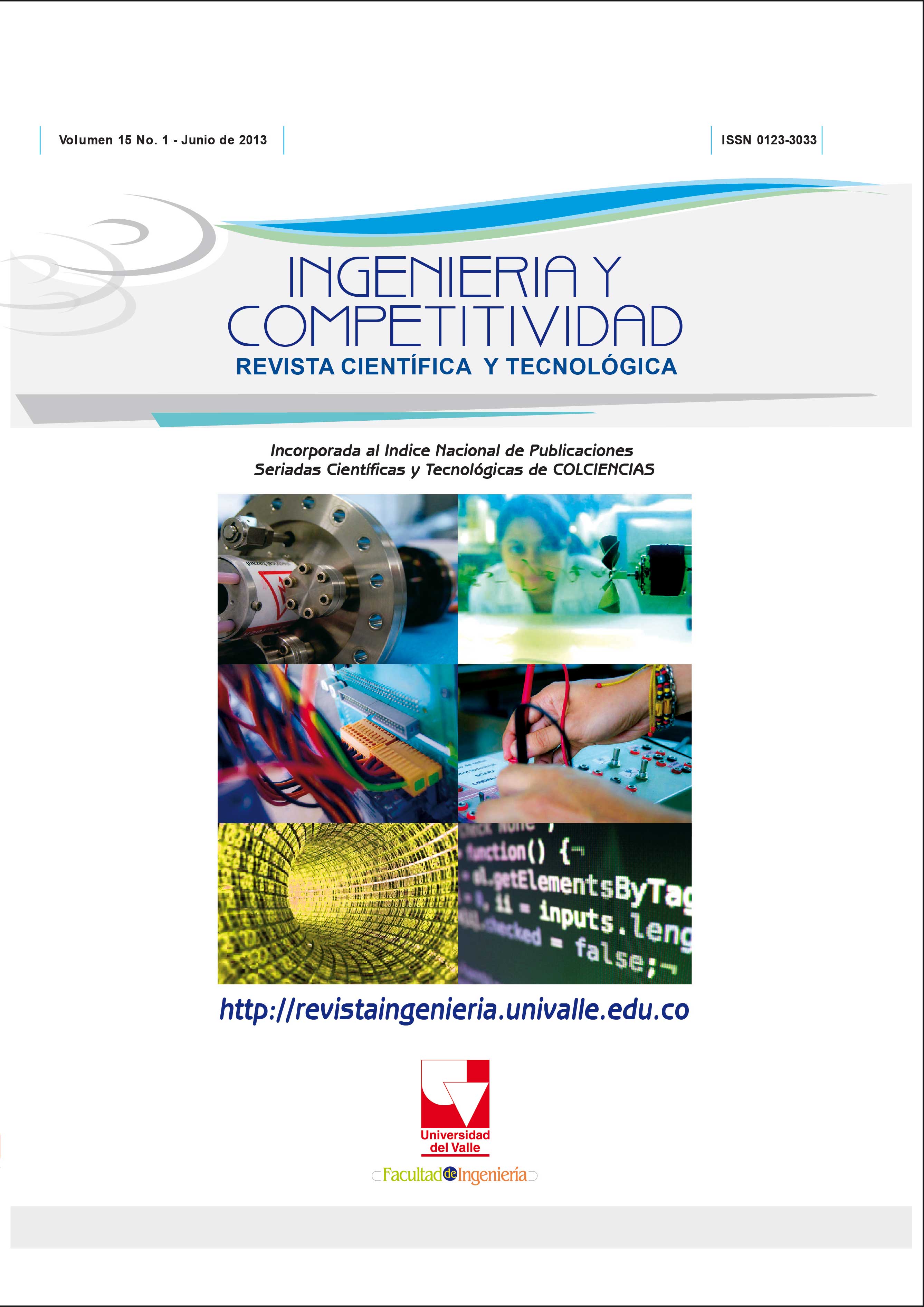Una visión general del estándar de transmisión de televisión digital terrestre
Contenido principal del artículo
Digital Video Broadcasting (DVB) es un consorcio formado por industriales de los medios de comunicación,que está integrado por radiodifusores, fabricantes, operadores de redes, desarrolladores de software y organismosreguladores. El consorcio fue creado con el fin de definir las normas técnicas para estandarizar todos los aspectosrelacionados con la prestación de servicios de televisión digital. El estándar DVB ha sido adoptado en Europa,Oriente Medio, Suráfrica y Australasia. Adicionalmente, el estándar DVB fue seleccionado en Colombia y Panamácomo el sistema de transmisión de televisión digital terrestre (DVB-T/T2). El estándar DVB es un conjunto deespecificaciones que permiten la integración de información multimedia para proveer servicios de información,educación, negocios y entretenimiento. La implementación de DVB requiere de acuerdos entre los radiodifusores,operadores de redes y fabricantes en la definición de los parámetros de operación, además de tener en cuentalas normativas gubernamentales. Este artículo presenta un resumen de los principales elementos definidos en elestándar DVB-T/T2, basado en los documentos guía elaborados por el consorcio DVB, e incluye algunas de lasacciones tomadas durante el proceso de implementación de DVB-T/T2 en Colombia.
- Estándar DVB-T
- MPEG2/4
- Televisión Digital Terrestre.
Descargas
Los autores que publican en esta revista están de acuerdo con los siguientes términos:
Los autores ceden los derechos patrimoniales a la revista y a la Universidad del Valle sobre los manuscritos aceptados, pero podrán hacer los reusos que consideren pertinentes por motivos profesionales, educativos, académicos o científicos, de acuerdo con los términos de la licencia que otorga la revista a todos sus artículos.
Los artículos serán publicados bajo la licencia Creative Commons 4.0 BY-NC-SA (de atribución, no comercial, sin obras derivadas).





